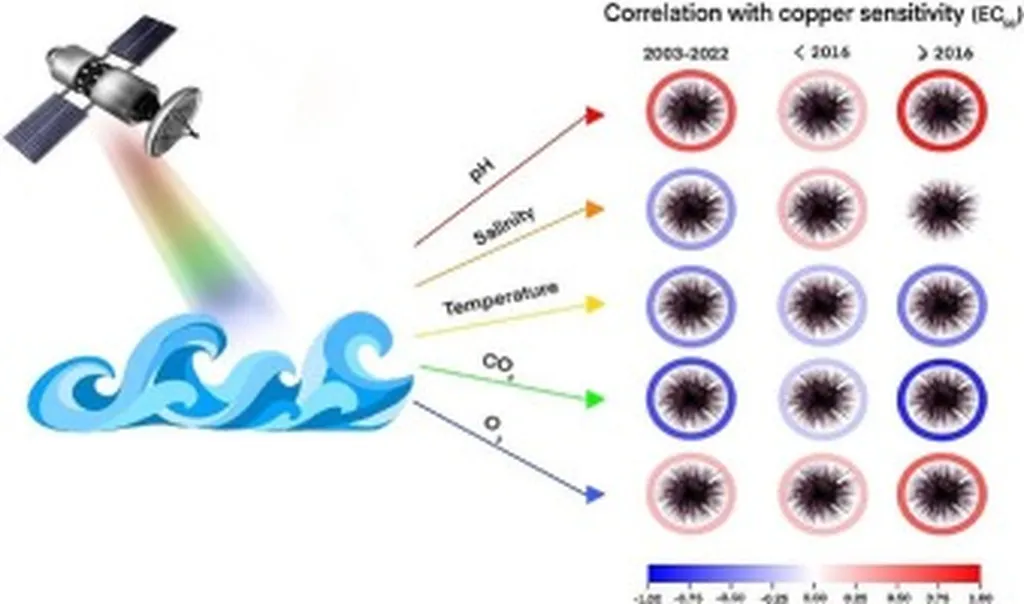In a groundbreaking development poised to revolutionize gene detection methods, researchers have harnessed the unique properties of sea urchin-like platinum nanoparticles to enhance the sensitivity of biosensors. This innovative approach, detailed in a recent study led by Yung-Sheng Lin from the Department of Chemical Engineering at National United University in Miaoli, Taiwan, could have significant implications for the energy sector, particularly in monitoring microbial activity in industrial processes.
The study, published in the journal *Applied Surface Science Advances* (translated as “Advanced Studies in Surface Science”), explores the use of biosensors based on sea urchin-like platinum nanoparticles (Pt SNPs) and spherical platinum nanoparticles (Pt NPs). These nanoparticles were fabricated on silicon wafers through a fluoride-assisted galvanic replacement reaction. The researchers immobilized DNA probes of varying lengths targeting specific bacteria—Escherichia coli, Staphylococcus aureus, and Pseudomonas aeruginosa—on the Pt SNP and Pt NP chips.
The results were striking. “The Pt SNPs generated stronger fluorescence signals than the Pt NPs due to their highly branched, rough, and sea urchin-like surface,” Lin explained. This enhanced fluorescence intensity is a game-changer for gene detection, offering a more sensitive and reliable method for identifying microbial genes. The study also found that while fluorescence intensity decreased as DNA probe length increased, even the longest probes (40-mer) produced consistent and identifiable signals, demonstrating the robustness of the method.
The commercial impacts of this research are profound. In the energy sector, accurate and rapid detection of microbial activity is crucial for maintaining the efficiency and safety of industrial processes. For instance, in biofuel production, monitoring microbial contamination can prevent costly breakdowns and ensure product quality. Similarly, in wastewater treatment, detecting specific bacteria can help optimize treatment processes and reduce environmental impact.
“This research opens up new avenues for developing highly sensitive biosensors that can be tailored to various industrial applications,” Lin noted. The use of Pt SNPs could lead to the development of more advanced diagnostic tools, not only in the energy sector but also in healthcare, environmental monitoring, and food safety.
The study’s findings highlight the potential of nanostructured materials in enhancing the performance of biosensors. As the demand for precise and efficient gene detection methods continues to grow, the application of sea urchin-like platinum nanoparticles could pave the way for innovative solutions that address the evolving needs of the energy industry and beyond. With further research and development, this technology could become a cornerstone in the quest for more sustainable and efficient industrial processes.

